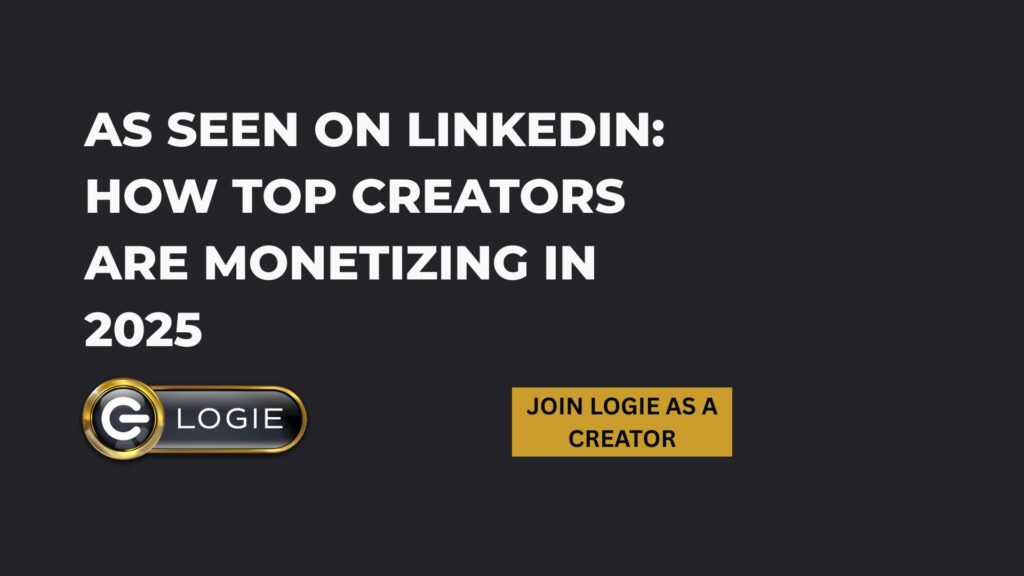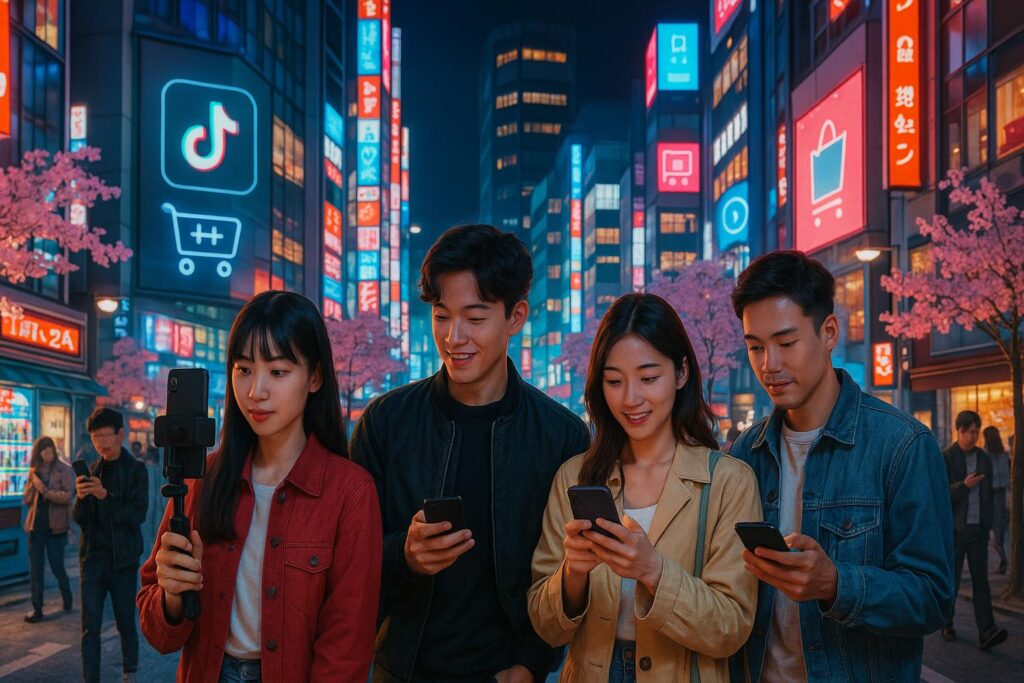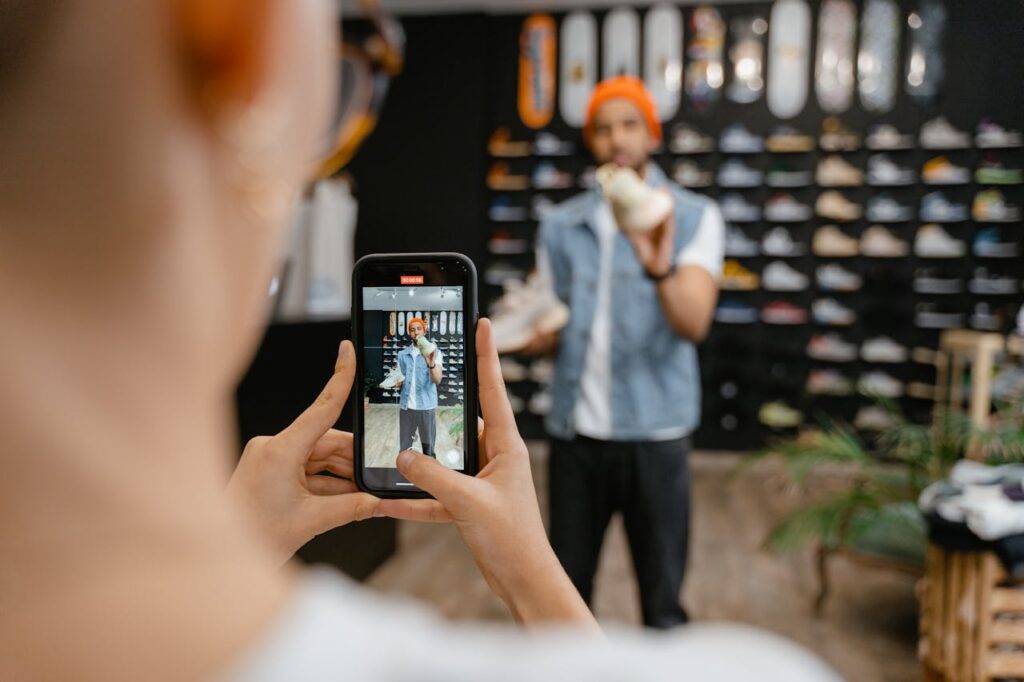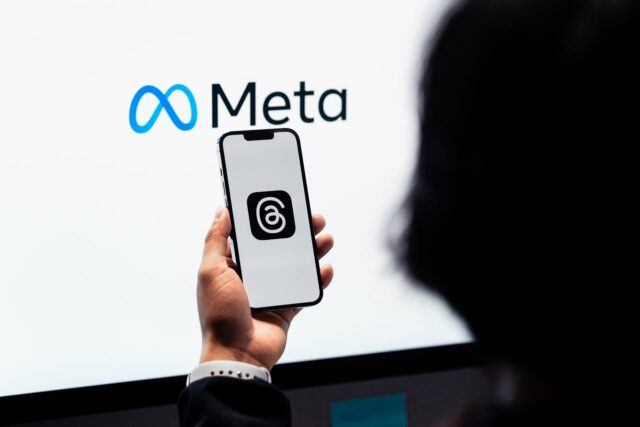Monetization Trends from LinkedIn: What Smart Creators Are Doing Differently
The rules of digital influence are changing fast. Brand deals are no longer limited to celebrities or influencers with millions of followers. Today’s smartest brands are investing in something far more powerful: authenticity.
And they’re finding it in creators just like you.
A recent LinkedIn post by Meta’s Director of Brand Partnerships sheds light on this evolving landscape. It highlights how brands are increasingly relying on creator-led short-form videos to connect with new audiences, foster trust, and drive conversions.
The best part? You don’t need a ring light or a massive following. With strategy, consistency, and the right tools, you can turn your content into a revenue stream, and Logie is here to help you do just that.
From Follower Counts to Conversion Creators: A Shift in What Brands Value
It used to be all about the number of followers, likes, and views, but things have changed.
Today, brands are prioritizing conversion-focused creators those who spark real engagement, build trust, and drive product sales. As shared in the LinkedIn post, many brands are shifting their budgets toward nano and mid-tier influencers who produce more impactful, relatable content.
Why? Because real sells:
- Unfiltered product reviews feel authentic.
- Short how-to clips build quick trust.
- Honest storytelling drives buying decisions.
💡 You don’t need a huge platform; you need real connection.
Why Short-Form Video Isn’t Just a Trend, It’s the New Sales Funnel
Short-form video has become the gold standard in creator content. Whether it’s TikTok, Instagram Reels, or Pinterest video pins, this format meets the modern viewer exactly where they are: scrolling quickly, watching silently, and craving value.
As the Meta executive highlighted, creator videos are outpacing traditional branded ads in engagement and conversion. That’s huge.
Here’s why short-form wins:
- Short content gets watched to the end.
- Viewers grasp product value instantly.
- Creator personality builds trust in seconds.
You don’t need a studio setup. You only need your phone, voice, and a clear message.
🎯 Start with one product. Create one helpful video. Repeat.
How Logie Helps You Monetize with Confidence
Juggling a full-time job, family responsibilities, and your passion for content creation is no small feat. That’s why platforms like Logie were built to help creators like you make the most of every minute and every piece of content.
Logie gives you everything you need to turn your content into income:
- Personalized product suggestions based on real-time trends
- Plug-and-play templates to make creation faster
- Real-time analytics to track what’s working
- A supportive community of creators on the same journey

No more guesswork. No more burnout. Just smart, strategic growth.
Why This Era Belongs to Relatable Creators Like You
Gone are the days of needing viral fame to succeed. Some of the highest-converting creators have under 10k followers, but build real relationships with their audience.
Brands are taking notice. They want:
- Authentic product demonstrations
- Consistent creators with a clear voice
- Partners who can drive results through trust
You don’t need to be everywhere at once, you just need to show up with value consistently.
Your pace is valid. Your voice matters. Your audience is out there.
Ready to Monetize Smarter?
This is a transformation, not just a trend. The way creators and brands collaborate is evolving, and you have everything it takes to succeed in this new era.
Whether you’re just starting or refining your strategy, Logie is designed to help you thrive.
👉 Join Logie as a Creator – Start Monetizing Smarter Today
Let your content speak, let your audience grow, and let this be the moment you finally turn your influence into income.



































